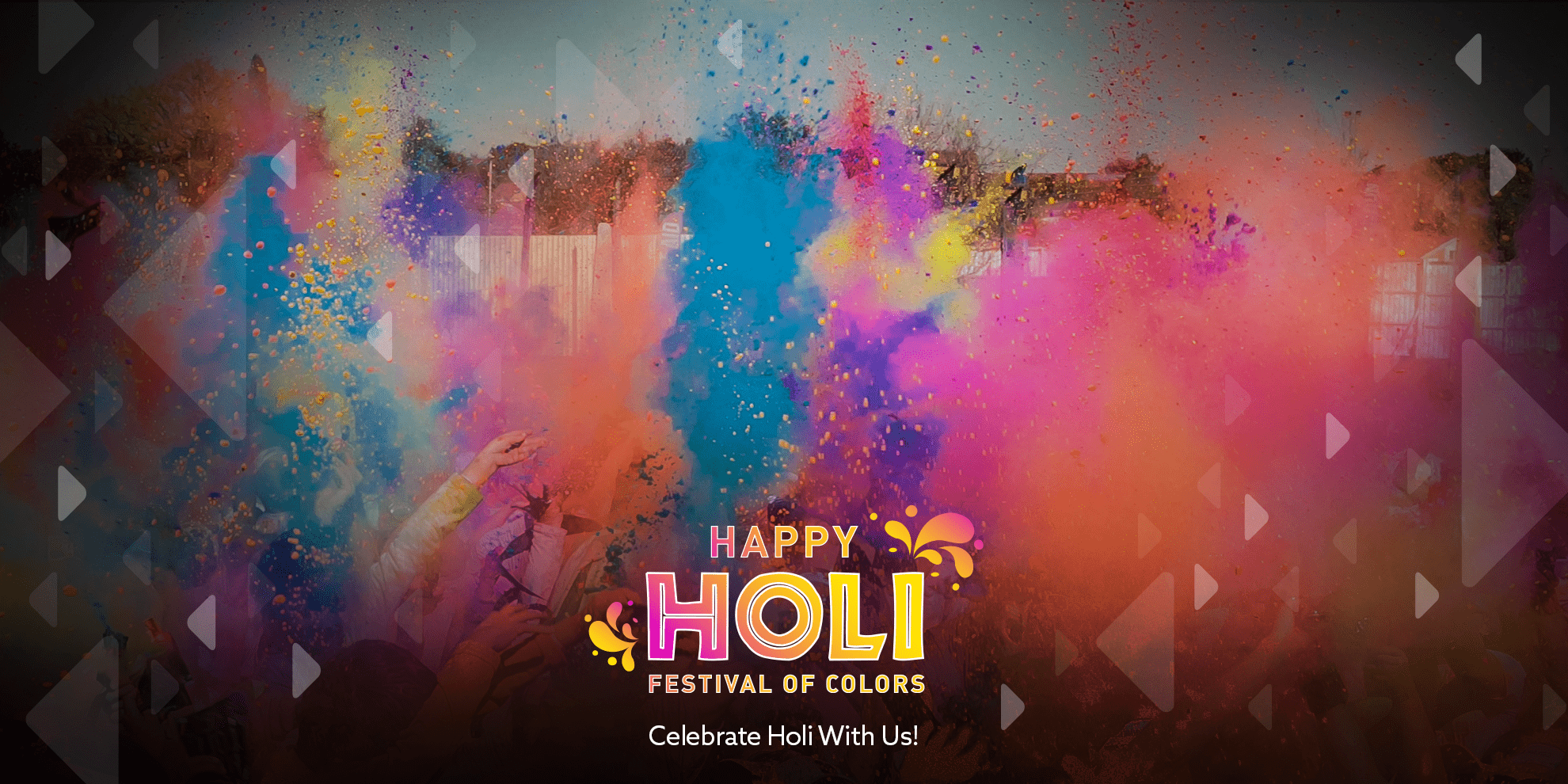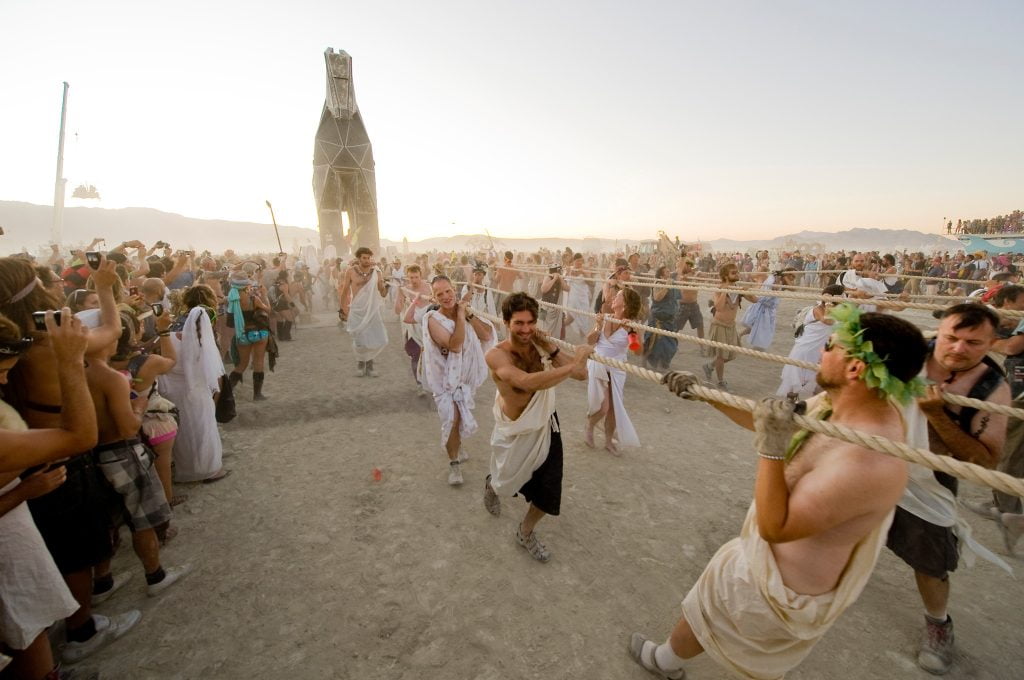Are you ready to immerse yourself in a riot of colors and joy? The Holi Color Festival, also known as the Festival of Colors, is a vibrant and jubilant celebration originating from India. This ancient tradition marks the arrival of spring and signifies the victory of good over evil. But what exactly is the Holi Color Festival?
Holi is a time when people come together to play with colored powders, drench each other in colored water, enjoy festive foods, and dance to traditional music. It is a time to let go of inhibitions, forgive and forget, and embrace new beginnings. Stay tuned as we delve deeper into the origins, traditions, and significance of this exuberant festival.
ფერების ფესტივალზე 550 კგ საღებავი დაიხარჯა. ჩაიხანა გთავაზობთ შეუერთდეთ მათ http://t.co/FNta0w2c8o #colorfest pic.twitter.com/8xfL8sjXlR
— Chai Khana (@ChaiKhanamedia) September 29, 2015
Introduction to the Holi Color Festival
Holi, also known as the “Festival of Colors,” is a vibrant and joyous Hindu festival that celebrates the arrival of spring and the victory of good over evil. It is celebrated with great enthusiasm in India and other parts of the world.
History and Significance
Holi has its roots in Hindu mythology, particularly the legend of Holika and Prahlad, symbolizing the triumph of devotion and righteousness over malevolence. It is also associated with Krishna, who is said to have popularized the playful aspect of applying colored powders.
Celebrations and Rituals
During Holi, people come together to sing, dance, and smear each other with colorful powders and water. It is a time for forgiveness, letting go of grudges, and embracing new beginnings. A spirit of unity and joy marks the festival.
- Bright colors: Participants throw vibrant colored powders at each other, creating a kaleidoscope of hues.
- Traditional food: Special delicacies like gujiya and thandai are prepared and shared with family and friends.
- Music and dance: Folk songs and dances add to the festive atmosphere, with people rejoicing in the company of loved ones.

History and Significance of Holi
Holi, also known as the festival of colors, is a prominent Hindu festival that celebrates the victory of good over evil and the arrival of spring. The festival dates back centuries and is steeped in mythology and ancient traditions.
Legend of Holika and Prahlad
One of the most popular legends associated with Holi is the tale of Holika and Prahlad. Holika, the demon king’s sister, tried to kill Prahlad by burning him in a fire. However, the good prevailed, and Prahlad emerged unscathed, symbolizing the triumph of virtue over evil.
Spring Celebration
Holi marks the end of winter and the beginning of spring, signifying new beginnings, growth, and the blossoming of love. People celebrate by splashing colors, singing, dancing, and indulging in traditional sweets like gujiya.
Colors and Symbolism in Holi Celebrations
Holi is a vibrant festival known for its joyful celebration of colors. Each color used during Holi holds significant symbolism.
Significance of Colors
The dazzling red color represents love and fertility, while yellow symbolizes turmeric that brings warmth and prosperity.
The calming blue shades are associated with the Hindu God Krishna, and green signifies new beginnings and harvests.
Traditional Color Throwing
In modern celebrations, people play with colored powder and water, smearing each other with hues of joy. This act symbolizes unity and spreading happiness.
- Red signals energy and action.
- Yellow stands for wisdom and intellect.
- Blue signifies peace and serenity.
- Green represents harmony and growth.
Traditional Rituals and Practices
As part of the Holi color festival celebration, some various traditional rituals and practices add magic to the festivities. One of the most vibrant customs is the throwing of colorful powders and water on each other, symbolizing the victory of good over evil and the arrival of spring.
Ritual of Holika Dahan
The rituals often begin with the Holika Dahan ceremony, where a bonfire is lit to signify the triumph of virtue over vice. People gather around the fire, sing and dance, and pray for the well-being of their loved ones.
Playing with Colors
During the festival, individuals of all ages come together to smear each other with colored powders and water, creating an atmosphere of joy and camaraderie. It is a time when social barriers are broken and relationships are mended.
- Tip: Wear old clothes or white attire to showcase the vibrant colors.
- Custom: Savor traditional delicacies like gujiya and thandai.
Modern-Day Observance of Holi
Holi, also known as the festival of colors, is celebrated with immense joy and enthusiasm in India and various other parts of the world. The festival marks the victory of good over evil and the arrival of spring. In recent times, the modern observance of Holi has evolved with a blend of traditional rituals and contemporary celebrations.
Community Gatherings and Color Play
One of the highlights of modern Holi celebrations is the gathering of family and friends to play with vibrant-colored powders and water. This playful activity symbolizes spreading love and joy, breaking social barriers, and fostering unity among people of all backgrounds. It is truly a sight to behold as streets and open spaces come alive with hues of red, green, blue, and more.
Themed Events and Music
Many cities now host themed Holi events featuring live music performances, DJ sets, and dance parties. These events attract a younger crowd looking to celebrate in a festive and energetic environment. The pulsating beats and colorful ambiance create an unforgettable experience for attendees.
- Live music performances
- DJ sets
- Dance parties
Popular Holi Foods and Drinks
Celebrating the vibrancy and joy of the Holi Color Festival is incomplete without indulging in the traditional foods and drinks associated with this colorful event. The festival is not just about playing with colors; it also involves savoring delicious treats that add to the festive spirit.
Holi Sweets
Indulge in Gujiya, a sweet dumpling filled with khoya (milk solids), coconut, and dry fruits, popularly enjoyed during Holi.
Thandai
Savor the thandai, a traditional drink made of milk and nuts and flavored with saffron and aromatic spices, offering a refreshing contrast to the festive fervor.
- Thandai is a must-have during the Holi celebrations, and it is known for its cooling properties amidst the energetic festivities.
Music, Dance, and Festivities
Part of the allure of the Holi Color Festival lies in the vibrant music, lively dance, and exuberant festivities that accompany the celebrations. From traditional folk tunes to upbeat Bollywood hits, the music sets the tone for the entire event, enticing participants to move and groove to the rhythm of the drums and joyous melodies.
The Rhythmic Beats
Traditional dhol players infuse the air with infectious beats, encouraging everyone to join in the revelry. The rhythmic sounds resonate through the streets, creating a harmonious vibe where people come together to dance and sing in unison.
Dancers clad in colorful attire sway to the music, adding to the festive ambiance with their graceful movements and energetic performances.
Colorful Dance Performances
Local dance troupes showcase their talent with dynamic performances that showcase the rich cultural heritage of the region. From classical Kathak to lively Bhangra, each dance form captivates spectators and amplifies the festive spirit of the occasion.
- Dancers adorned in bright costumes mesmerize the audience with their synchronized steps and expressive gestures.
- The performances often narrate tales of love, unity, and the triumph of good over evil, resonating with the themes of the Holi festival.

Holi Around the World
Holi, also known as the Festival of Colors, is celebrated with great enthusiasm and fervor in various parts of the world as a symbol of love, joy, and the victory of good over evil.
United States
In the United States, Holi celebrations have gained popularity in cities with diverse populations, such as New York, Los Angeles, and San Francisco.
People of all backgrounds come together to partake in throwing colored powders, dancing to music, and enjoying festive foods.2022
India
India, the birthplace of Holi, witnesses the most vibrant and extravagant festivities during this time of the year.
Majestic processions, cultural performances, bonfires, and the smearing of colors mark the celebration of Holi across the country.2022

Impact of Holi on Culture and Society
Holi, also known as the Festival of Colors, holds a significant place in Indian culture and society. This vibrant festival brings people of all backgrounds together, breaking barriers of class and status.
Celebration of Unity
Holi celebrates the victory of good over evil and the arrival of spring. It promotes unity and harmony among people, regardless of their differences. It fosters a sense of togetherness and community spirit.
Artistic Expressions
One of the remarkable impacts of Holi is the artistic expression it encourages. From colorful rangolis to vibrant street art, Holi inspires creativity and showcases the diverse cultural heritage of India. Artists express themselves through mesmerizing displays.
Frequently Asked Questions
- What is the Holi Color Festival?
- The Holi Color Festival, also known as the Festival of Colors, is a traditional Hindu festival that celebrates the arrival of spring and the victory of good over evil.
- When is the Holi Color Festival celebrated?
- The Holi Color Festival usually takes place in March, with the date determined by the Hindu lunar calendar. It typically falls on the full moon day of the month of Phalguna.
- What are the origins of the Holi Color Festival?
- The Holi Color Festival has its roots in ancient Hindu mythology, specifically the legend of Radha and Krishna. It is also associated with various other legends and stories across different regions of India.
- How is the Holi Color Festival celebrated?
- During the Holi Color Festival, people gather to play with vibrant colored powders, water guns, and water balloons. It is a festive occasion filled with joy, music, dancing, and delicious food.
- Are there any specific traditions or rituals associated with the Holi Color Festival?
- Yes, there are several traditions observed during the Holi Color Festival, including lighting bonfires, performing puja (worship), exchanging sweets, and applying colored powders (gulal) on each other.
- Is the Holi Color Festival celebrated only in India?
- While the Holi Color Festival originated in India, it is now celebrated in various parts of the world where the Indian diaspora is present. It has gained popularity globally as a colorful and joyous celebration.
- What is the significance of colors during the Holi Color Festival?
- Colors play a symbolic role during the Holi Color Festival, representing various aspects such as the vibrancy of spring, the diversity of nature, and the playfulness of Lord Krishna.
- Are there any safety precautions to keep in mind during the Holi Color Festival?
- It is advisable to use natural and skin-friendly colors during the Holi Color Festival to avoid any skin allergies or irritation. Additionally, protecting the eyes and hair from colored powders is recommended.
Unraveling the Enchantment: A Colorful Conclusion
As we conclude this enlightening journey into the vibrant world of the Holi Color Festival, we have discovered the true essence and significance of this joyous celebration. The festival embodies the spirit of unity, love, and the triumph of good over evil. In essence, Holi is a manifestation of joy, forgiveness, and new beginnings.
Immersing oneself in the colors of Holi signifies shedding inhibitions, breaking barriers, and embracing one another with an open heart. It is a time to celebrate the beauty of diversity and the power of togetherness. So, let’s continue to spread colors of positivity and harmony not just during Holi but in every facet of our lives.




